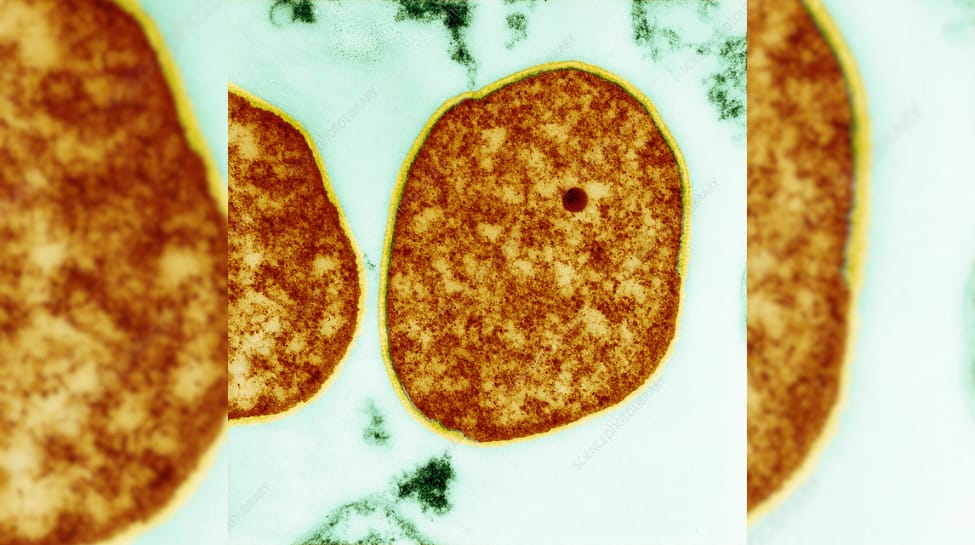In the language of the Lenape Indigenous people, the word for European explorers who crossed the Atlantic in the 17th century to settle on their lands was “shuwankook,” or “salty people.”
The term first applied to the Dutch, said Brent Stonefish, a Native American spiritual leader, because they emerged from the sea to first trade with, then exploit and kill, his Lenape ancestors.
“The Dutch were basically those who ran us out of our homeland, and they were very violent toward our people,” he said in an interview. “As far as I was concerned, they were the savages.”
So, when the Dutch Consulate in New York approached Stonefish to ask if he’d help commemorate the anniversary of the 1624 establishment of the first Dutch settler colony, New Amsterdam, he was taken aback.
“They wanted us to celebrate 400 years of New Amsterdam, and we’re like, ‘No, that’s not going to happen,’” he said. “At the same time, I thought it was an educational opportunity,” he added. “We had a lot of hard discussions.”
The Dutch Consulate, which was creating an events program around the anniversary called Future 400, then connected Stonefish with the Museum of the City of New York and the Amsterdam Museum, an historical museum in the Netherlands.
The result is the exhibition, “Manahahtáanung or New Amsterdam? The Indigenous Story Behind New York,” running at the Amsterdam Museum through Nov. 10 and moving to the Museum of the City of New York in 2025 as “Unceded: 400 Years of Lenape Survivance.”
Imara Limon, a curator from the Amsterdam Museum, said that the project was a true creative collaboration between the museums and the Lenape, including the organization that Stonefish co-directs, the Eenda-Lunaapeewahkiing Collective. It felt particularly important, Limon said, to present the show in the Netherlands, where few people are aware of the Dutch colony’s impact on Indigenous peoples.
“It wasn’t part of history classes in school,” she said. “And we realized that our institutional memory on this topic is also very limited, so we needed their stories.”
Each museum searched its holdings for material about the Lenape, but found only a few official records. In the Amsterdam City Archives, curators discovered a record of an enslaved Lenape man who was brought to the Netherlands in the 17th century, which is on display in the show. To supplement the documents, the Lenape contributed artworks and traditional ceremonial artifacts.
Objects are just one part of the show, however: The exhibition is dominated by video interviews with Lenape people, which run from about seven minutes to 50 minutes each.
“Usually in a museum exhibit, videos are three to five minutes long,” Limon said, “but here we made them longer, because we felt we wanted to have them really present, physically present, in the space.”
Cory Ridgeway, a member of a Lenape group that collaborated on the show, said she welcomed this approach.
“Traditionally museums want very object-based programming, and they will come to us and say, ‘Give us some stuff and we’ll talk about it,’” she said. “A lot of museums don’t really credit oral history as history, and that’s our main form of history.”
Stonefish said his primary goal was to show that the Lenape still exist, and that they still have a voice.
“The one thing we wanted to convey was that we weren’t a relic under glass,” he said. “We still live and breathe, and strive to live good lives.”
Some 20,000 living Lenape people are descendants of an estimated population of one million that originally lived in the region of present-day New York, Connecticut, Pennsylvania and New Jersey.
In 1609, the Dutch East India Company, one of the world’s largest merchant firms, dispatched the English explorer Henry Hudson to find a trading route to China. But Hudson veered off course and arrived in the Bay of Manhattan.
He quickly claimed the whole area between the Delaware and Connecticut rivers for the Netherlands. There, Dutch merchants engaged the Lenape in trade for beaver pelts and other furs.
Later, the Dutch West India Company, founded in 1621, established its first settlement on Governors Island in 1624, and made its colony of New Amsterdam on the tip of Manahahtáanung, what is now Manhattan. Two years later, a company executive, Peter Schagen, said he had purchased Manhattan from the Lenape for 60 guilders, or approximately $24.
The Lenape dispute that claim.
“We say that that’s a myth,” Stonefish said. “We didn’t have a concept of ownership; we had a concept of sharing the land, and having a relationship with all of the land, the animals and the plants. Our idea of civilization was accepting all of creation, and taking no more than what we needed.”
In the exhibition, this myth-busting is represented by a wampum belt, specially created for the show. Stonefish said a ceremonial belt would have been given to the Dutch as part of any property-sharing agreement, but there was no mention of one in the Dutch account. “Our leadership would not have entered into any type of agreement without something like this,” he said.
For about two decades, trade continued between the Dutch and the Indigenous people, but in 1643, the New Netherlands governor Willem Kieft ordered the massacre of the Lenape and other tribes living in the colony.
A two-year war ensued, during which at least 1,000 Lenape were killed. Kieft was ordered to return to the Netherlands to answer for his actions, but died in a shipwreck.
The West India Company appointed Peter Stuyvesant as Kieft’s successor, and he managed New Netherland until the English conquered the territory in 1664, and renamed it New York. The Dutch colony lasted just 50 years.
Ridgeway, the member of the Lenape group, said that, for her, making connection with the “salty people” was an opportunity to initiate discussions with the Dutch government about healing the past’s wounds.
“I would love to see an apology, and I would like to see reparations,” she said. “It would be used for our language, which is nearly extinct, so that it can be spoken again, and for our elders. The majority of our people are living below the poverty level today.”
Her husband, Chief Urie Ridgeway, said the story of his people had been largely erased from American history books, but it has been transmitted through storytelling by generations of survivors. “We know our histories, but now we are starting to share them.”
He added that the current exhibition gives the Lenape a chance to tell a story that has long been ignored. “It’s about time,” he said.














































